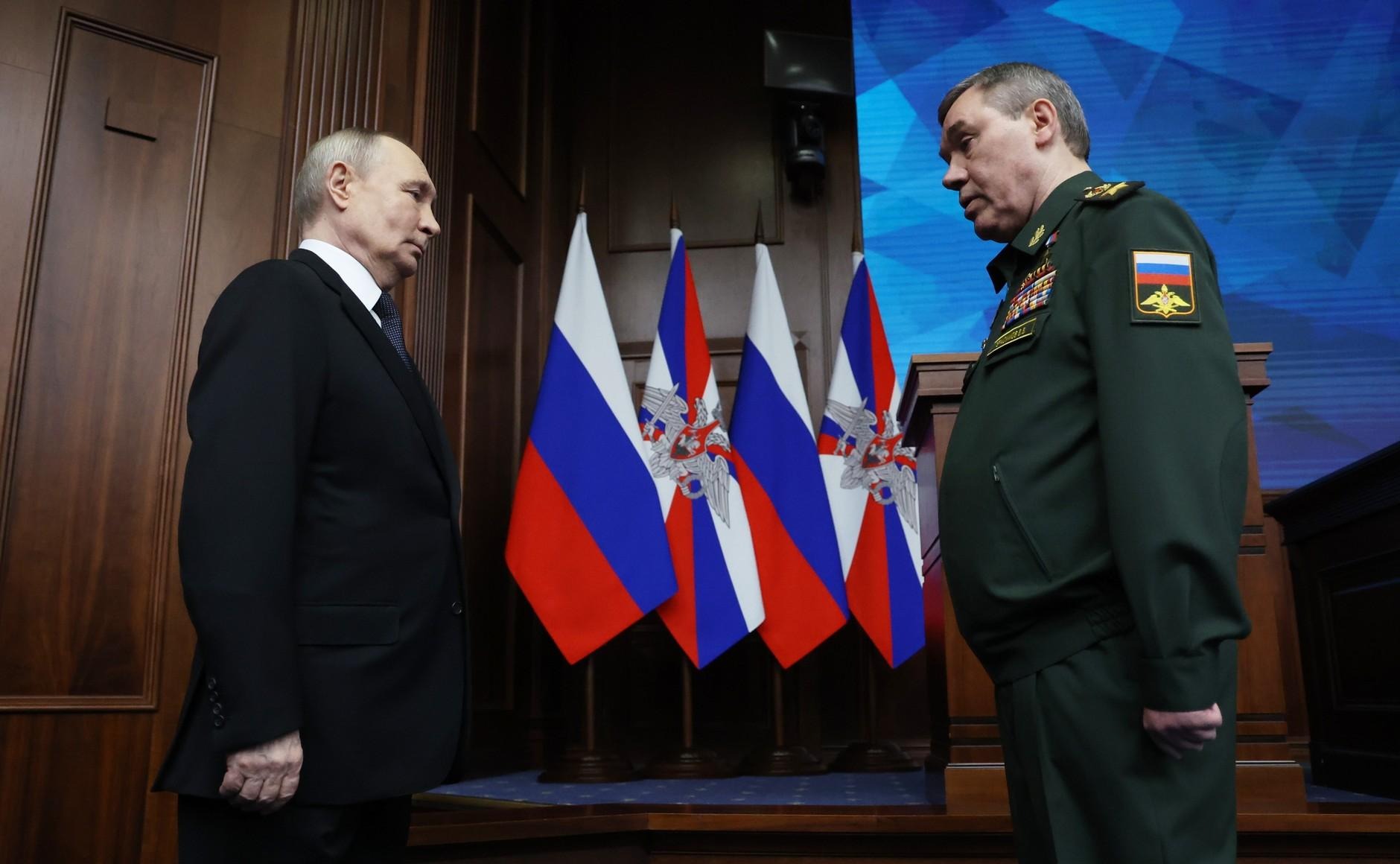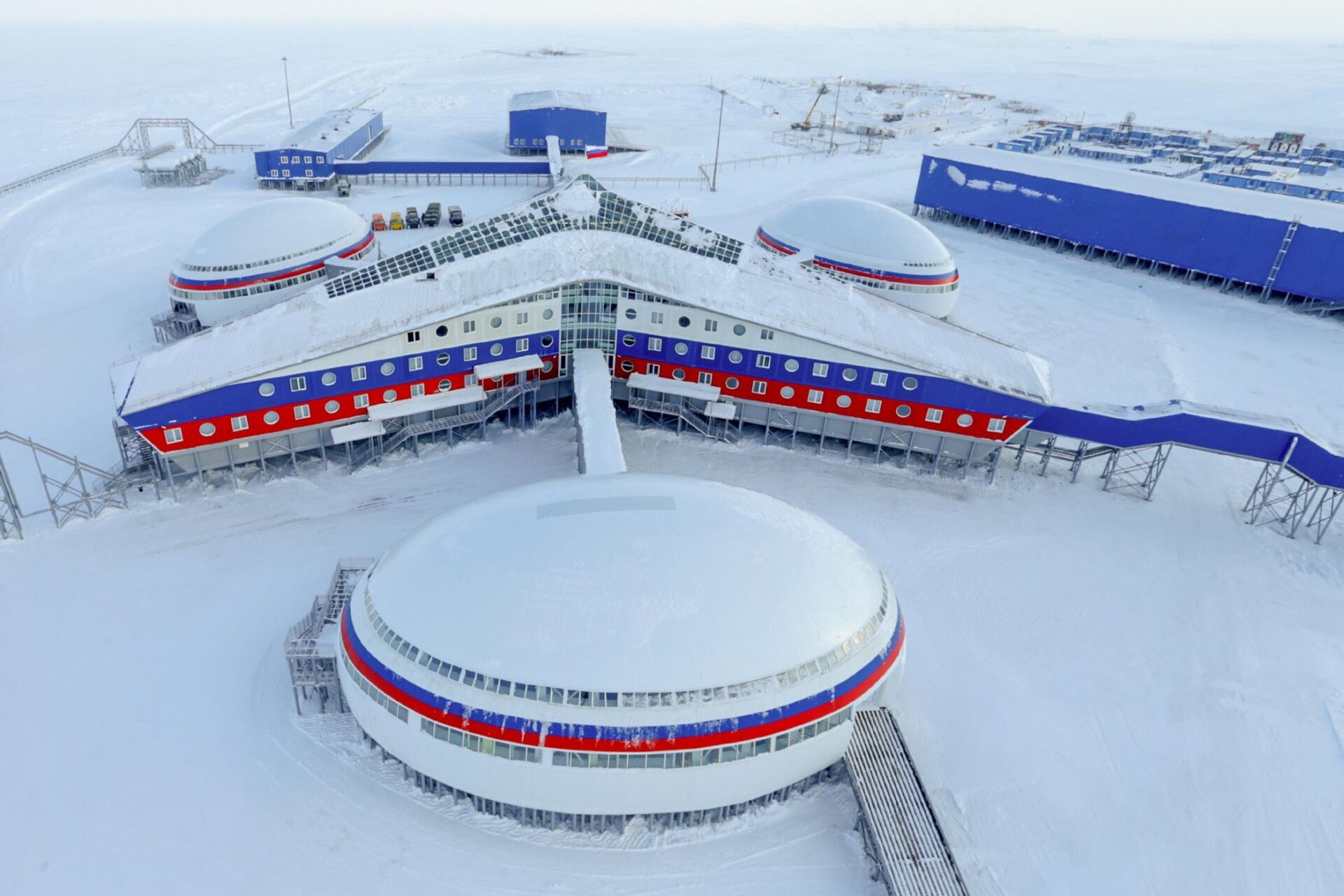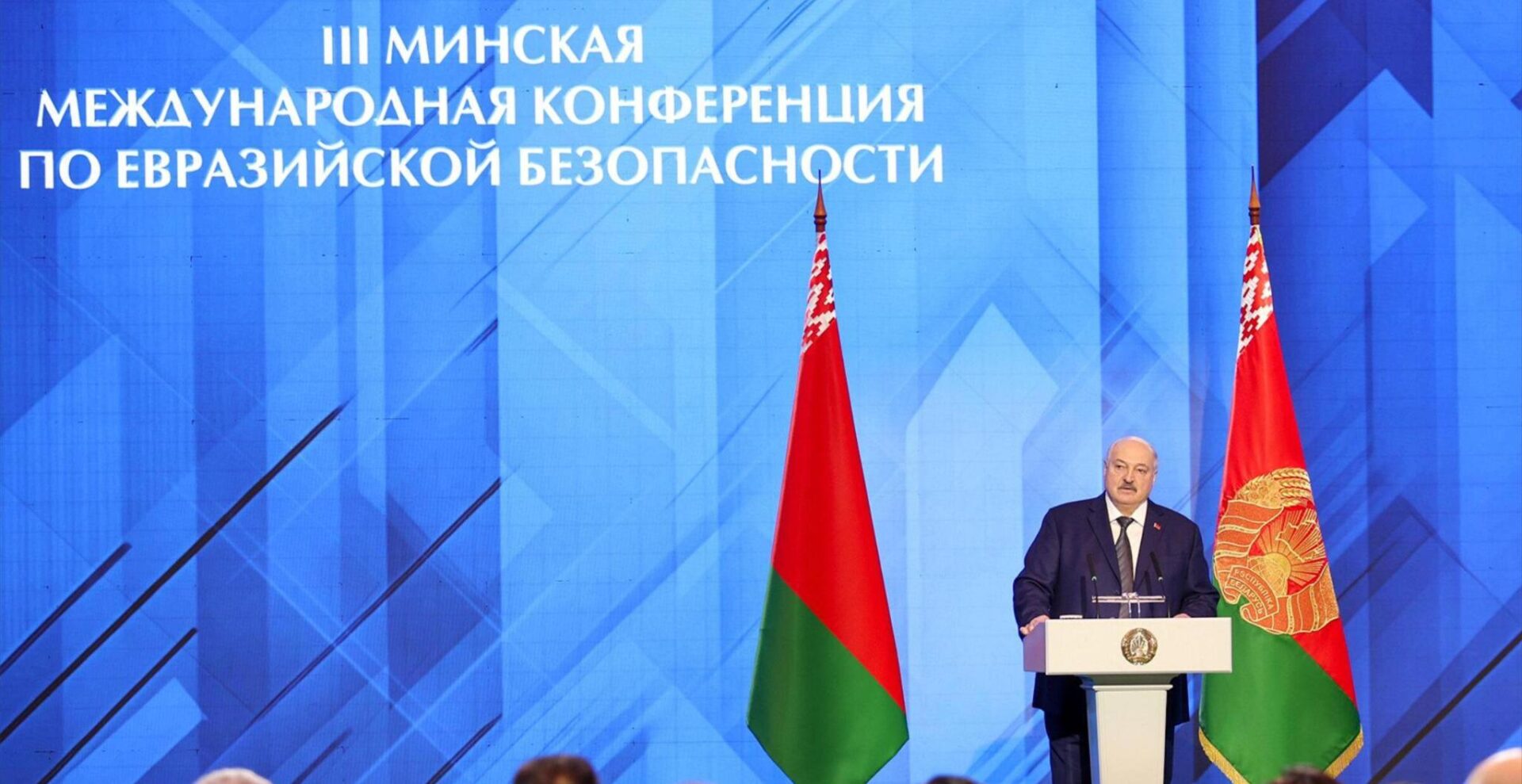
The Russian Sea-Based Deterrent Development Seems On Track
The Russian Sea-Based Deterrent Development Seems On Track
This week, the newest Russian naval Bulava R-30 3M30 (SS-NX-30) sea-launched ballistic missile (SLBM) was successfully launched for the first time from a brand-new Borei-class (project 955) nuclear strategic submarine Yuri Dolgoruky. The underwater launch from the White Sea was declared a success by a defense ministry spokesman: “The test warheads reached the designated area of the Kura test ground in Kamchatka” (Interfax, June 28).
The development of the Bulava has been plagued by continuous failures and disasters. Out of 14 test launches, six ended in midflight explosions, two were considered “partially successful” and six more were “fully successful,” though in reality in an undisclosed number of these launches the test warheads did not hit the designated targets at the Kura test ground (Nezavisimaya Gazeta, June 29).
The continued mishaps have delayed the development and deployment of the Bulava for at least five years. The main designer of the Bulava, Yuri Solomonov (65), resigned as general director of the Moscow Institute of Teploteckhnika – the Topol SS-27, RS-24 and Bulava research and development facility – after one of the failed tests in 2009, though he continued to be the Bulava’s chief designer. To speed up development since 2005, the Bulava was launched by a modified Soviet-built Typhoon-class submarine Dmitry Donskoy, while the new Borei-class submarines were constructed at the Severodvinsk shipyard near Arkhangelsk. One of the 20 silos of the mammoth (more than 50,000 tons of full displacement) Dmitry Donskoy was adapted for the Bulava instead of its staple SS-N-20 solid fuel SLBM. The last two launches of the Bulava from the Dmitry Donskoy in October 2010 were proclaimed to have been a success (RIA Novosti, June 28).
This week’s launch of the Bulava from the Yuri Dolgoruky has been hailed in Moscow as a long-awaited victory, vindicating the continued efforts to make the Bulava fly properly. The government newspaper Rossiyskaya Gazeta (June 29) writes that the hapless Bulava project may have been abandoned completely, but for the fact that “billions of dollars” were spent to develop and build the missile and the Borei-class submarines forced the continued quest. As the Russian defense budget is practically entirely secret, it is impossible to independently assess the true overall Bulava/Borei expenditure, but it seems to be the single most expensive Russian defense project. Two years ago, the Deputy Prime Minister in charge of defense industry, Sergei Ivanov, disclosed: “The navy receives more than 40 percent of the defense budget and most of that money is spent on strategic nuclear submarines” (RIA Novosti, June 3, 2009). That would seem to imply tens of billions of dollars at least.
There are four more Bulava test launches planned for this year and, if they are successful, by next year operational deployment may begin. The Yuri Dolgoruky seems to be ready to deploy, and the next Borei-class submarine, the Alexander Nevskiy, is reportedly nearing completion (Rossiyskaya Gazeta, June 29). The Yuri Dolgoruky was built using leftovers of segments of hulls and equipment from unfinished Soviet nuclear submarines, and it will have only 12 SLBM silos. The next submarines in the series will have 16 silos or maybe 20 eventually. According to the present government procurement plans, by 2017 there must be some eight Borei-class submarines with Bulava deployed, forming the backbone of Russia’s sea-based nuclear deterrent (Interfax, June 28).
At present, the Russian navy has six Delta-4 strategic submarines that have been modernized in recent years and five old Delta-3 strategic submarines. There are no plans to renovate the Delta-3 class submarines that were built during the 1970s and early 1980s, which are mostly deployed in Kamchatka. The deployment of the first two Borei-class submarines next year may allow the long-awaited decommissioning of the Delta-3s. A base for the Borei-class submarines and their crews has already been renovated at the Vilyuchinsk naval base in Kamchatka (RIA Novosti, October 19, 2010).
The six Delta-4 submarines have been refitted with the modernized SS-N-23 Sineva liquid fuel SLBM produced in Krasnoyarsk. Continued Bulava failures have led to calls to scrap the ill-fated project and make the Sineva, with its good flight record, the only future naval SLBM (Interfax, August 14, 2009). The defense ministry has rejected the option, however, since the Sineva cannot possibly fit the missile silos of the new Borei-class submarines (Interfax, August 26, 2009). The Russian navy has three huge Typhoon-class submarines that are still seaworthy, but militarily worthless, since the production of their SS-N-20 solid fuel SLBM was halted in the late 1980s and the previously produced missiles have been scrapped. The silos of the Typhoon-class submarines are empty with no obvious replacement. No one seems to know what to do with these large expensive ships, but now it is possible that at least some of them may be modified to carry the Bulava.
Poor defense industry work discipline and the lack of skilled labor as Soviet-trained workers retire with no replacements have been blamed for the continuous Bulava failures. Reportedly, after the Russian defense ministry imposed strict technical control over the production of the Bulava and its components, the launch failures ended (Rossiyskaya Gazeta, June 29).
The land-based Strategic Rocket Forces (Raketnye Voyska Strategicheskogo Naznacheniya –RVSN) are demanding the development and deployment of new, heavy, liquid-fuel, silo-based ICBMs to replace the aging SS-18, and have succeeded to include plans to make such an ICBM in the new ten year (2011-2020) government armament program (EDM, January 13). Solomonov has argued that the Bulava, SS-27 and RS-24 ICBMs were specifically made to avoid any future US ballistic missile defenses (BMD), and that US BMD plans “do not and cannot threaten Russia’s ICBMs in any way” (VPK, March 2). Solomonov told journalists there is little sense in spending money developing and deploying an old-fashioned ICBM, filled with highly poisonous liquid fuel, and has proposed instead to increase the production of the Bulava and other solid fuel ICBMs at the Votkinsk missile factory (RIA Novosti, December 7).
The heavy SS-18 is traditionally seen as a weapon of first strike, unlike the sea-based Bulava. The apparent success of the Bulava will surely upgrade the standing of Solomonov, and in turn may alter future Russian nuclear deployment plans and relations with Washington.


